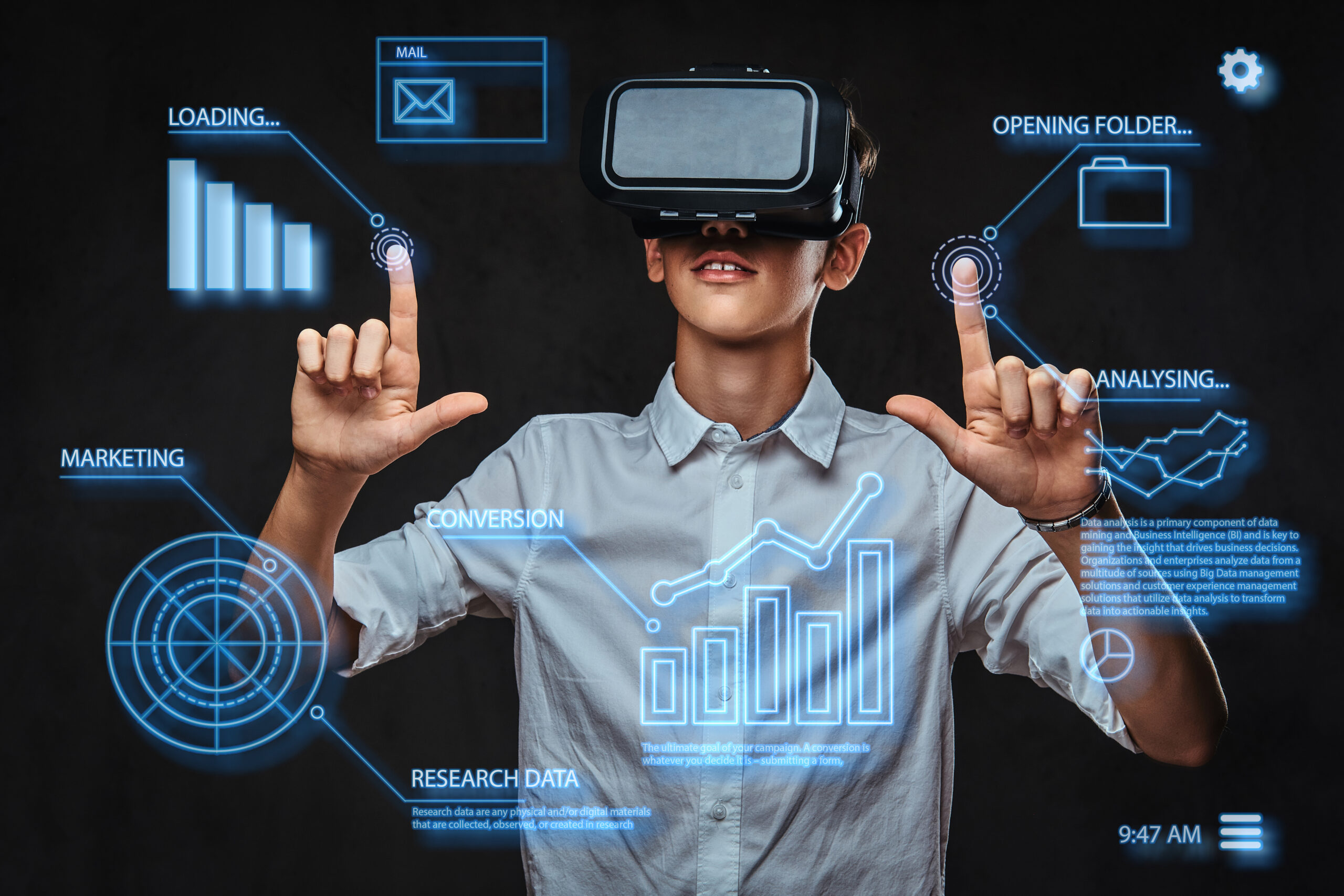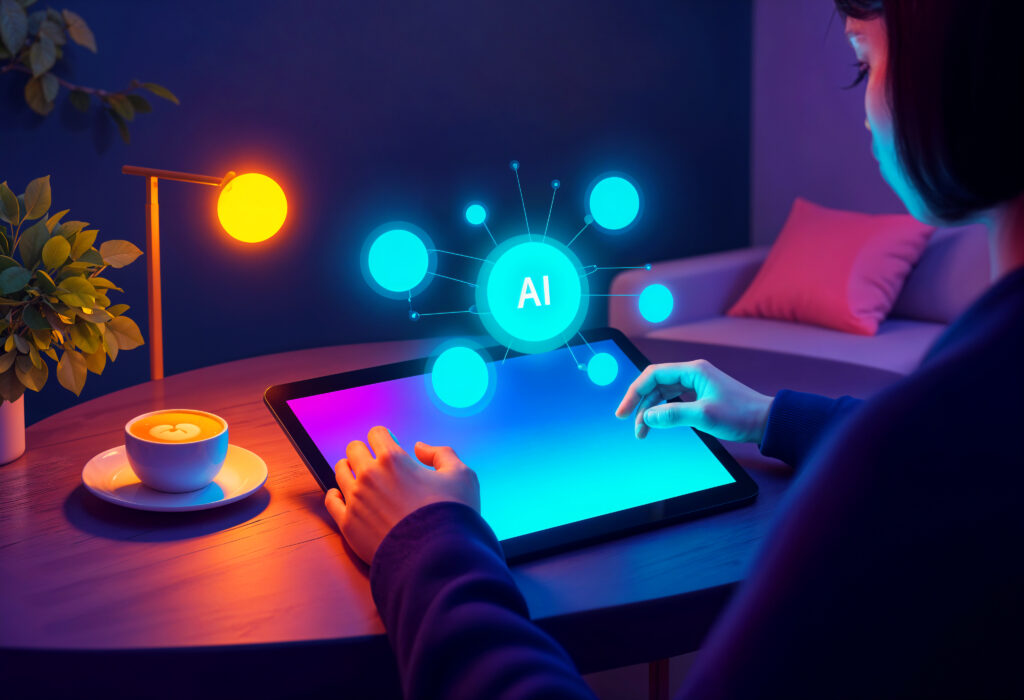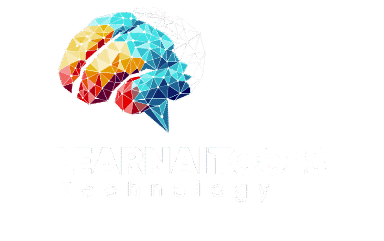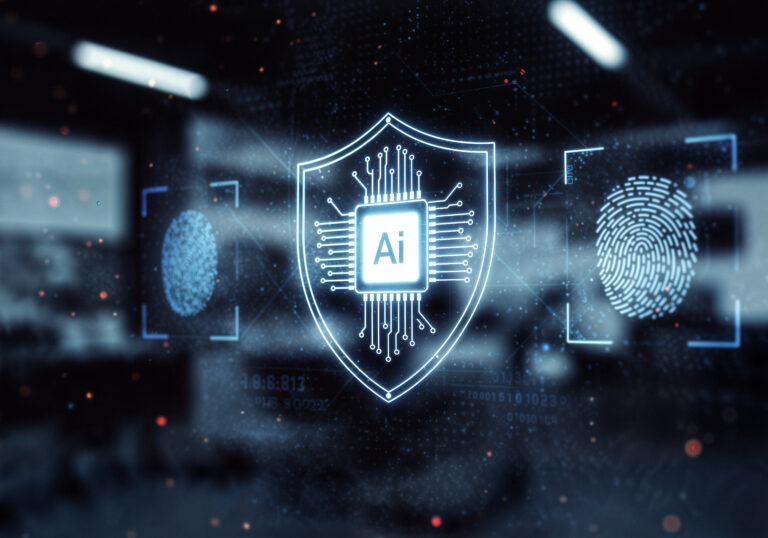
AI Learning 2025: The Dawn of Smarter Education
Introduction
AI Learning 2025 is more than a buzzword—it signals a paradigm shift in how knowledge is delivered, acquired, and assessed. In the coming era, AI-powered systems will adapt to individual learners’ styles, pace, and needs. AI Learning 2025 will drive personalized tutoring, automate administrative workflows, enhance accessibility, and reshape the educator’s role.
As we dive deeper into AI Learning 2025, we will uncover how this evolution is already underway and what it means for students, teachers, institutions, and society at large.
Key Trends in AI Learning 2025
Personalized and Adaptive Learning
One of the hallmark features of Learning 2025 is personalized and adaptive learning. Instead of one-size-fits-all curricula, AI systems analyze learner performance, preferences, and gaps, then tailor lessons accordingly. Platforms can adjust difficulty, content sequencing, and feedback in real time to optimize learning outcomes. This trend is already visible in EdTech systems that use AI to recommend next steps based on performance data. Digital Learning Institute+1
AI as Core Infrastructure in EdTech
By 2025, AI will no longer be an add-on feature in educational software—it becomes the backbone. In Learning 2025, AI will power content generation, assessment grading, analytics, and administrative operations behind the scenes. Educational institutions will increasingly embed AI into their infrastructure rather than treating it as a bolt-on. Amazon Web Services, Inc.+1
Intelligent Tutoring Systems & Virtual Assistants
In the context of Learning 2025, intelligent tutoring systems (ITS) and virtual assistants will play a central role. These AI agents can guide learners by asking probing questions, offering hints, tracking learning trajectories, and even detecting misconceptions. They function like virtual mentors, available 24/7, complementing human instructors. springsapps.com+1
Generative AI for Content Creation & Assessment
Another axis of AI Learning 2025 is generative AI—systems that can create educational materials, quizzes, exercises, or even explanatory content dynamically. Rather than relying solely on human educators to generate resources, AI systems will assist or fully generate content that is context-aware and customized. springsapps.com+2numberanalytics.com+2
Data Analytics, Feedback & Learning Tracing
In AI Learning 2025, data about each learner’s interactions, mistakes, response times, and behavioral patterns will feed into AI systems that provide deep insights—learning analytics, knowledge tracing, and predictive feedback. These data-driven systems help educators and learners understand where to focus effort next. arXiv+2arXiv+2
Blended & Hybrid Learning Models
While AI is powerful, in AI Learning 2025 the future likely lies in hybrid learning. Human teachers will collaborate with AI systems so that the learning experience remains humane. AI handles personalization, diagnostics, and routine tasks, while teachers focus on motivation, social-emotional learning, and mentorship. Forbes+2Forbes+2
Benefits of AI Learning 2025
- Personalization at Scale: Every learner gets a tailored pathway, maximizing efficiency and engagement.
- Efficiency & Automation: Grading, feedback, schedule planning, and administrative tasks are handled partially or fully by AI, reducing burden on instructors.
- Improved Outcomes: Early intervention and adaptive support help learners overcome difficulties before they widen.
- Accessibility & Inclusivity: Learners with disabilities, remote learners, or nontraditional students can benefit from AI-assisted learning adaptations.
- Continuous Improvement: AI systems can evolve based on feedback loops, becoming more effective over time.

Challenges & Risks in AI Learning 2025
Algorithmic Bias & Fairness
In AI Learning 2025, a significant concern is that AI models trained on biased data may disadvantage underrepresented groups. Ensuring fairness, transparency, and equitable performance across demographics is crucial.
Explainability and Trust
Learners and educators must trust how AI arrives at decisions—why was a particular recommendation made, or why was a student flagged for extra support? Explainability is essential in AI Learning 2025.
Privacy & Data Security
AI systems will consume sensitive learner data. Protecting privacy, maintaining consent, and safeguarding data are critical prerequisites for AI Learning 2025.
Dependence and De-skilling
Overreliance on AI may weaken learners’ own problem-solving or critical thinking skills if not balanced properly in AI Learning 2025.
Infrastructure & Cost Barriers
Deploying AI systems requires computational resources, data infrastructure, and skilled personnel, which may be a barrier for underfunded institutions in AI Learning 2025.
Implementation Roadmap for AI Learning 2025
Step 1: Vision & Strategy
Define goals for AI adoption: is it improving retention, enhancing personalization, reducing instructor workload, or expanding reach? This sets direction for AI Learning 2025 initiatives.
Step 2: Data Strategy & Infrastructure
Collect, clean, integrate, and label learner data. Establish a secure and scalable data infrastructure that can feed AI models in AI Learning 2025.
Step 3: Pilot Projects & Prototypes
Begin with small pilots in specific subjects or learner groups. Evaluate performance, fairness, usability, and feedback before broad rollout.
Step 4: Human-in-the-Loop & Oversight
Ensure hybrid systems where humans review or override AI decisions when necessary. In AI Learning 2025, human oversight is essential for accountability.
Step 5: Monitoring, Retraining & Iteration
Continuously monitor AI models’ performance, detect drift, and retrain models. Use feedback loops to refine models in AI Learning 2025.
Step 6: Training & Capacity Building
Educators, administrators, and learners must be trained to collaborate with AI systems—understanding what they can and cannot do.

A Use Case: Coding Education with AI Tutors
A research platform, Sakshm AI, applies Socratic, context-aware tutoring in programming education. It provides hints, feedback, retains conversational memory, and adapts to learner progress. This aligns perfectly with AI Learning 2025 in the domain of technical education. arXiv
Another architecture, A4L (AI-Augmented Learning), provides data architectures to support large-scale personalized learning and feedback loops. This is an example of AI Learning 2025 infrastructure in action. arXiv
The Future of AI Learning 2025 and Beyond
AI Learning 2025 is not an endpoint but a stepping stone. Over the next decade, we may see:
- More seamless integration of multimodal learning: vision, voice, gesture, VR/AR
- AI systems able to tutor higher-order thinking, creativity, and group learning
- Greater democratization—less resource disparity between elite and disadvantaged institutions
- More robust regulatory frameworks and ethical oversight
- Hybrid intelligence models where AI and humans co-teach
Institutions that embrace AI Learning 2025 responsibly will lead the transformation of education, enabling more people to learn better, faster, and more equitably.
Conclusion
The era of AI Learning 2025 heralds the next era of education—smarter, adaptive, efficient, and inclusive. With benefits across personalization, automation, and accessibility, it promises to uplift the learning experience globally. Yet challenges around fairness, privacy, trust, and infrastructure remain.
To make AI Learning 2025 a reality, stakeholders must adopt thoughtful strategies, pilot carefully, build human-AI partnerships, and continuously monitor and evolve systems. For learners, educators, and institutions, this is an opportunity to co-create a more intelligent future of education—one where AI enhances human potential rather than replacing it.




